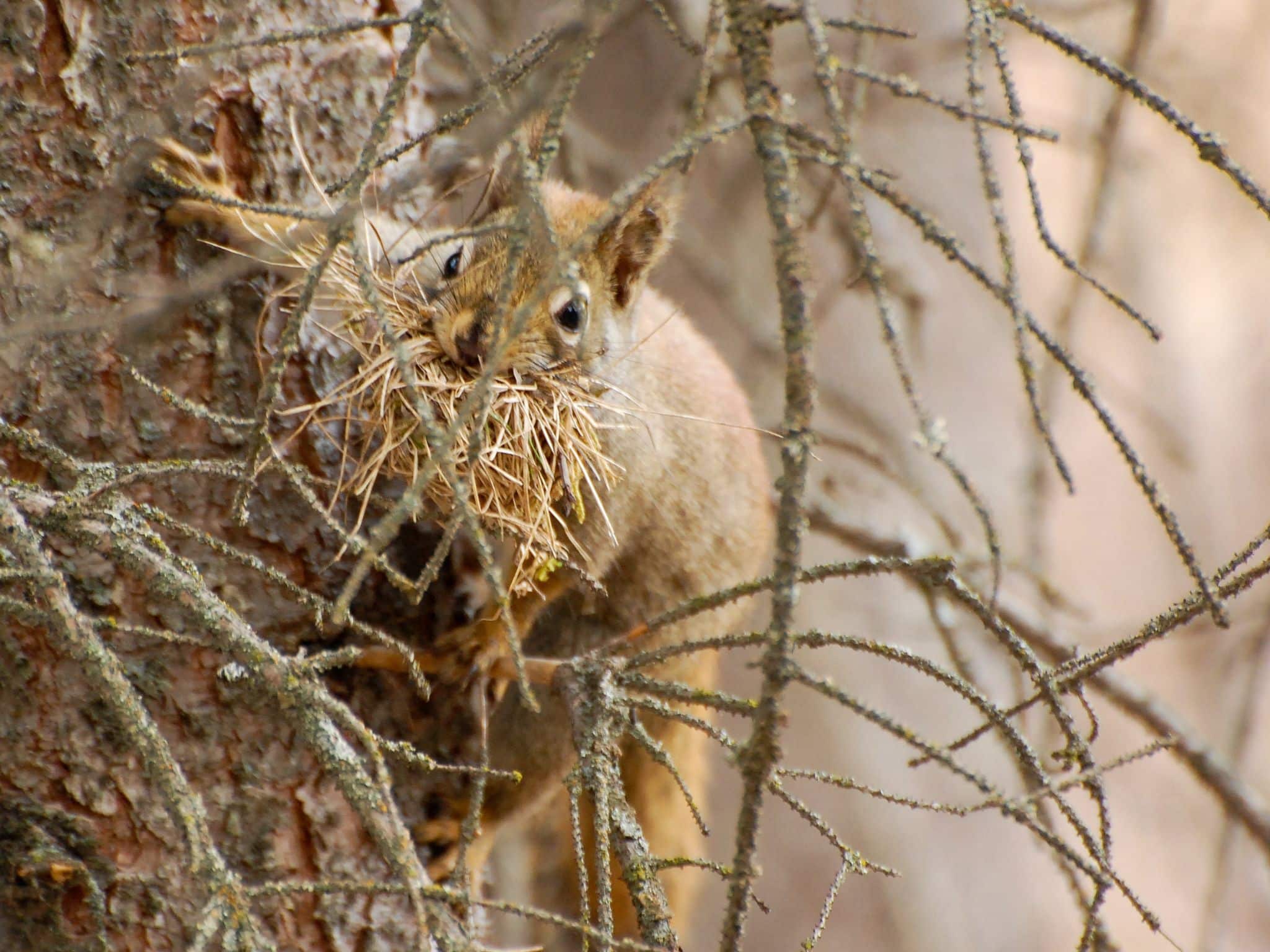Uncovering The Clever Entry Methods Of How Squirrels Get Into Your Attic
If you’ve ever faced a squirrel problem in your attic, you might wonder exactly how these nimble creatures managed to invade your space. Understanding how squirrels gain access is crucial for effectively preventing them from turning your attic into their home. Here’s an in-depth look at the common ways squirrels find their way into attics, straight from us at Alpha Wildlife, your go-to experts in wildlife prevention and removal.
The Squirrel’s Entry Playbook
Squirrels are not only excellent climbers but are also persistent and ingenious when it comes to finding entry points into your home. Here are the primary ways these critters sneak into attics:
1. Roof Edge Gaps
The edges of your roof where shingles meet the fascia board or gutters are often not perfectly sealed and can provide small gaps ideal for squirrel entry. Squirrels can gnaw these gaps wider until they’re big enough to squeeze through.
2. Vents and Eaves
Unprotected vents, such as those for your dryer, attic, or kitchen exhaust, are practically welcoming mats for squirrels. They can easily chew through the screens or push through loose covers to gain entry. Similarly, eaves often have gaps where they meet the roofline, which can be exploited by squirrels.
3. Damaged Roof Shingles
Damaged or loose roof shingles can be lifted by a squirrel to gain access to the underlayment, and from there, it’s just a short trip to the attic space. Once a squirrel starts pulling at an area of weakness, it can quickly create an opening large enough to enter.
4. Chimneys
An uncovered chimney is an open invitation to wildlife, including squirrels. They can climb down the chimney and access the attic or other parts of the house through small openings inside the chimney structure.
5. Pipe and Utility Lines
Squirrels use pipe matrices and utility lines as highways to explore and find entry points into buildings. They can travel along these lines and find small openings around the entry points, which they can enlarge using their strong teeth.
6. Construction Gaps
During the construction of a home, gaps may be left between building materials, commonly under the eaves or near the roof joints. These gaps are often unnoticed by homeowners but can be easily found by a squirrel.
Prevention: Sealing the Deal Against Squirrels
Knowing how squirrels get into attics, here are a few robust prevention tips:
- Inspect and Repair: Regularly inspect your roof, eaves, and vents for any signs of damage or wear. Replace or repair any loose shingles and use metal flashing to seal gaps.
- Protect Vents and Chimneys: Install sturdy, wildlife-proof covers over all external vents and a chimney cap. Ensure these are made from materials that cannot be chewed through, like heavy-duty metal.
- Trim Trees: Keep tree branches trimmed back from the house. Squirrels can jump from branches to the roof, so eliminating this access helps prevent entry.
- Conduct Regular Maintenance: The best prevention strategy is regular upkeep. By keeping your home well-maintained, you can catch potential entry points before squirrels do.
Alpha Wildlife: Your Partner
At Alpha Wildlife, we specialize in identifying and sealing potential entry points for squirrels and other wildlife. Our professional team is skilled in humane wildlife removal and exclusion techniques, ensuring that your home remains safe and secure from unwanted guests.
If you’re battling with squirrels in the attic or just want to prevent future wildlife issues, give us a call. We’re here to help ensure that your home stays exactly that—a home, free from the disruptions and damages caused by squirrels and other wildlife.
Latest Resources

Does Mint Repel Raccoons?
If you’ve ever had a raccoon rummaging through your trash or making a home in your…

Cost to Remove a Raccoon from Your Attic?
Raccoons are cute, but when they invade your attic, they can cause serious damage. If you’ve…

Should I Remove a Squirrel Nest from a Tree?
Squirrels are a common sight in neighborhoods, parks, and backyards. While they’re generally harmless, you may…
